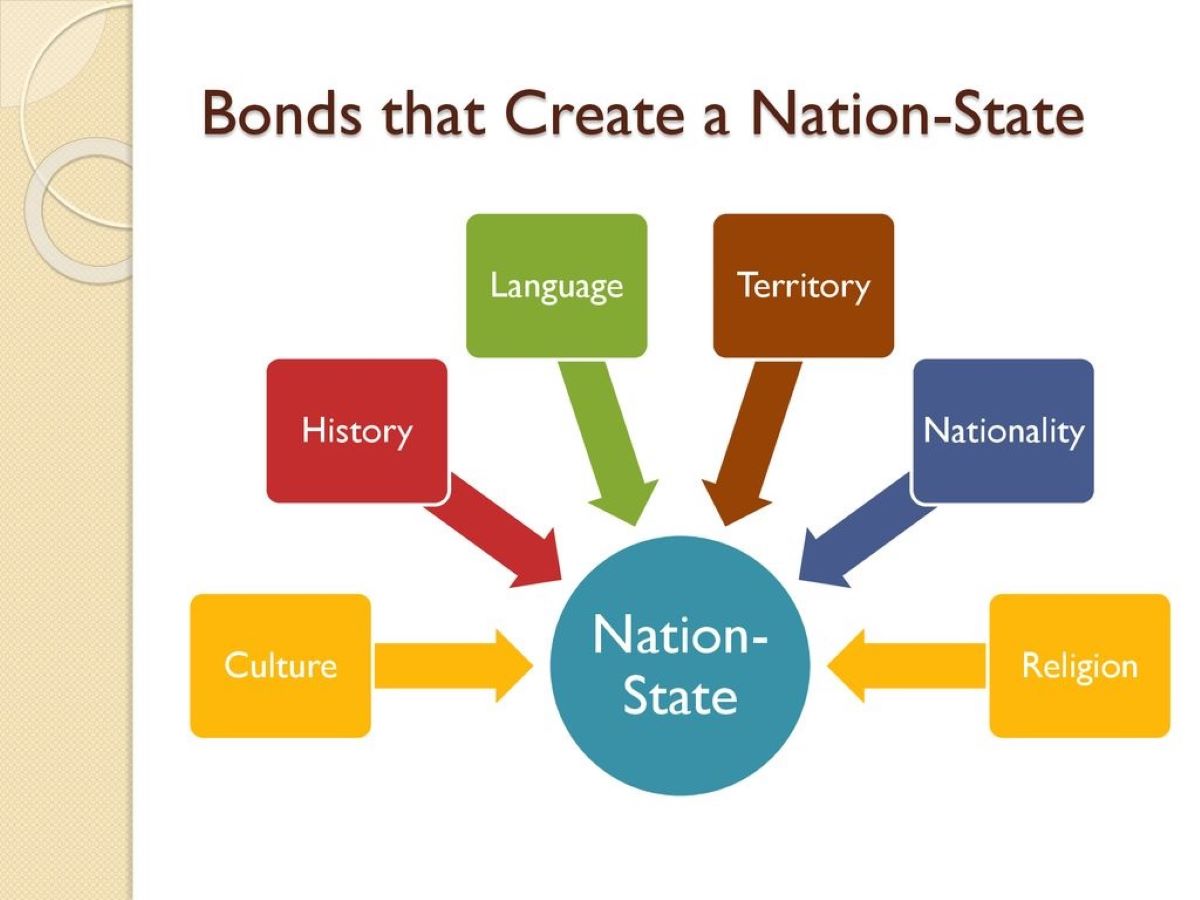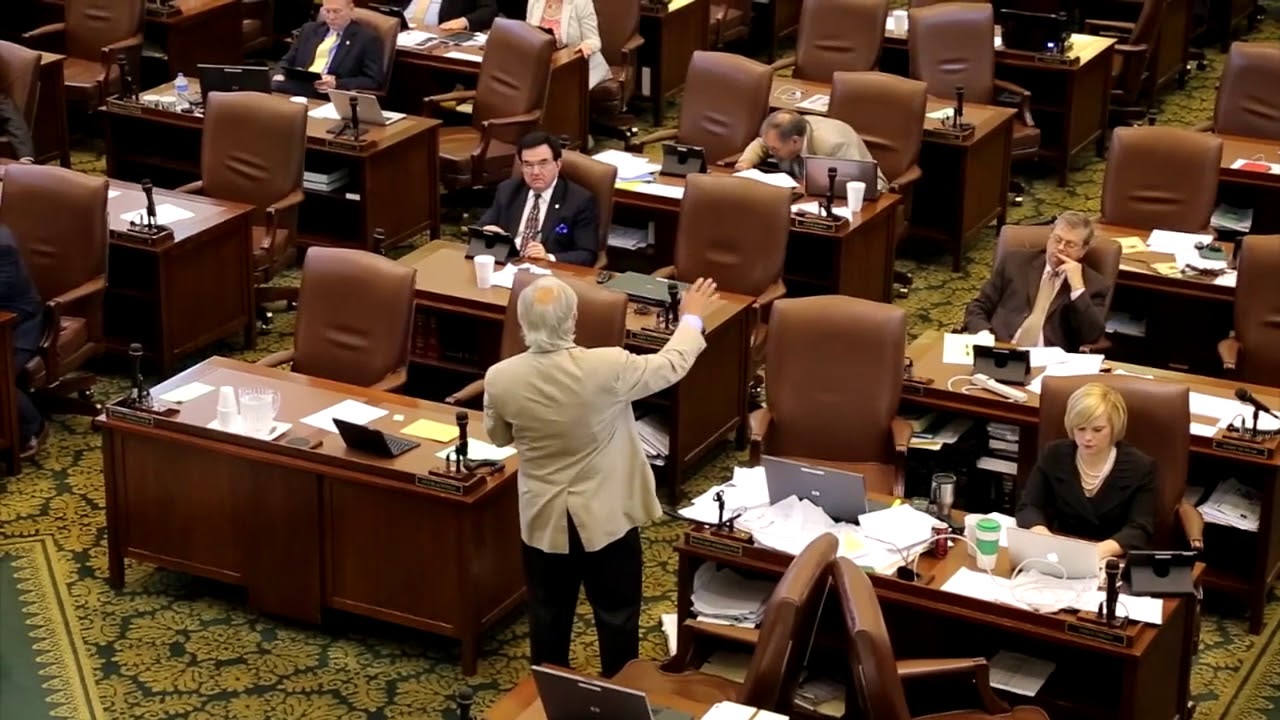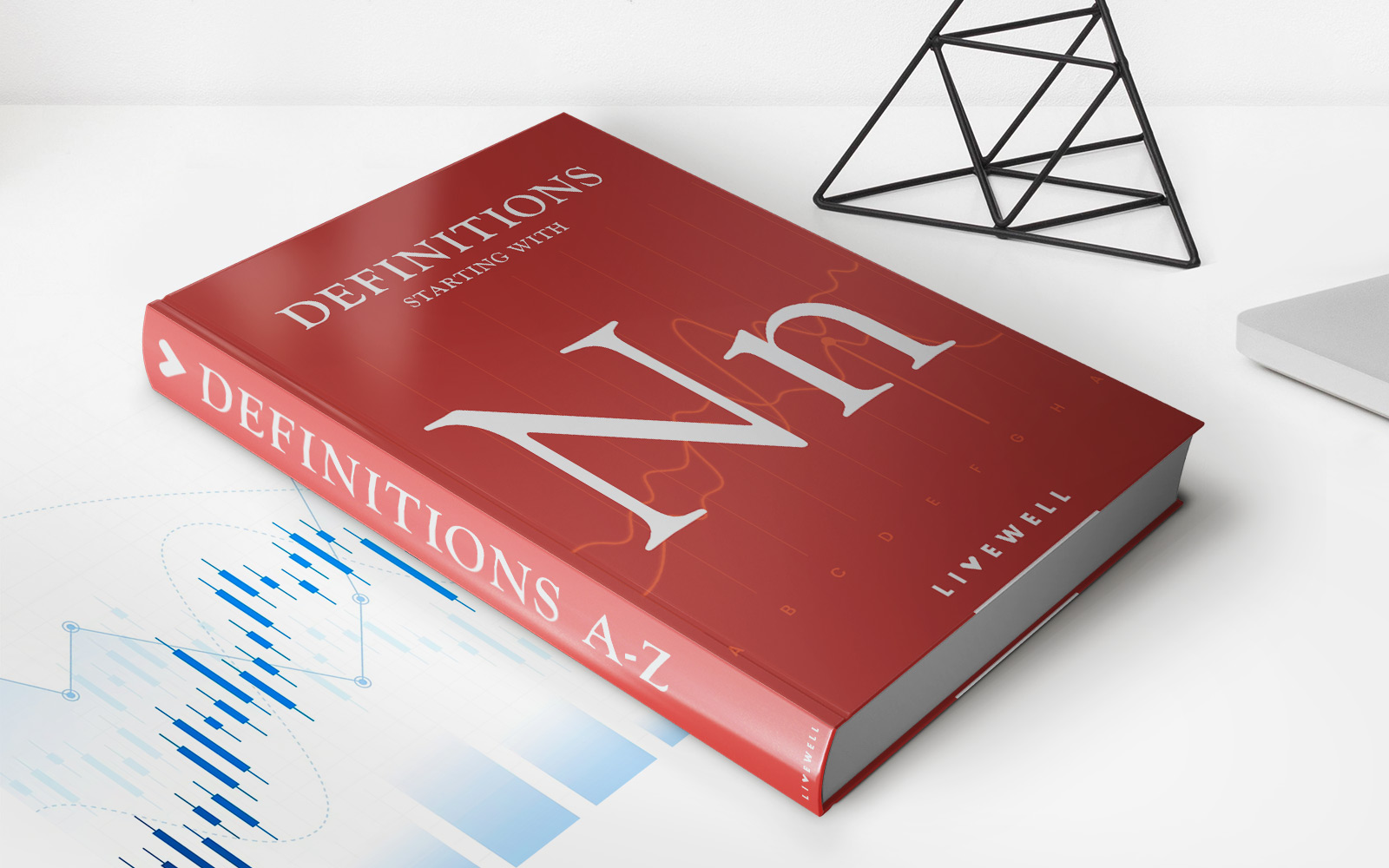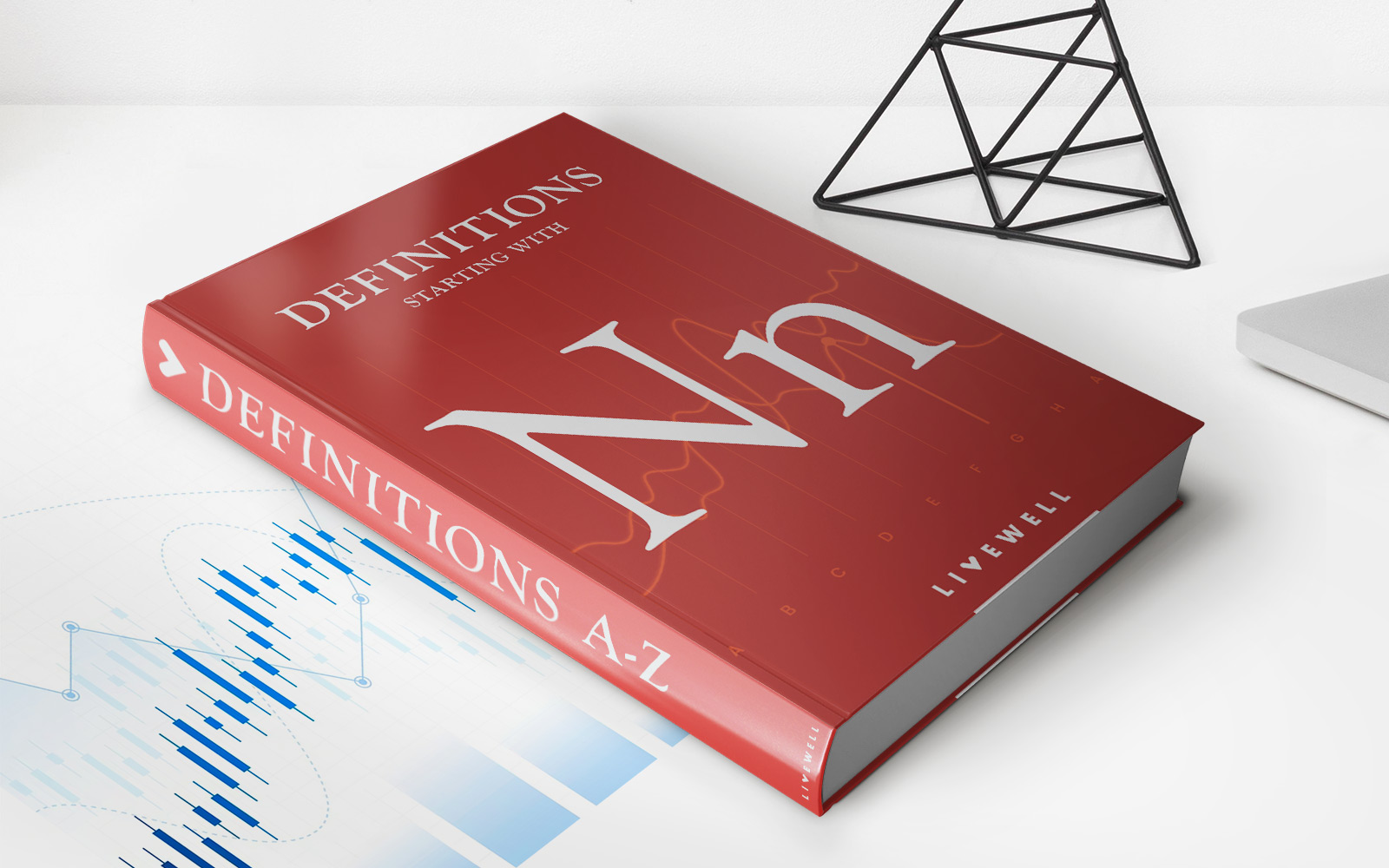Home>Finance>Which Features Were Among The Six Common Bonds Of A Nation-State


Finance
Which Features Were Among The Six Common Bonds Of A Nation-State
Published: October 11, 2023
Discover the key features that played a significant role in shaping nation-states and their financial systems, and explore the common bonds they shared throughout history.
(Many of the links in this article redirect to a specific reviewed product. Your purchase of these products through affiliate links helps to generate commission for LiveWell, at no extra cost. Learn more)
Table of Contents
Introduction
Nation-states have been the dominant form of political organization for centuries. They have played a crucial role in shaping the course of human history and have been instrumental in establishing social cohesion and stability within societies. A nation-state is generally defined as a political entity in which a nation, which refers to a group of people with shared culture, language, and history, is organized within a specific territory governed by a centralized authority.
This article will explore the common bonds that have historically held nation-states together. These bonds are the fundamental factors that help forge a sense of unity, identity, and belonging among the citizens of a nation-state. By understanding these bonds, we can gain insight into the underlying factors that contribute to the stability and sustainability of nation-states.
Throughout history, various factors have played a significant role in establishing and maintaining the bonds within a nation-state. These factors include cultural identity, language, religion, shared history, territory and borders, and political institutions. While no two nation-states are exactly the same, an examination of these common bonds will provide a deeper understanding of the dynamics and complexities of nation-state formation and governance.
Historical Development of Nation-States
The notion of a nation-state emerged during the 16th and 17th centuries, largely as a result of the decline of feudalism and the rise of powerful centralized monarchies. Prior to this period, political authority was often fragmented, with multiple competing powers ruling over different regions.
With the emergence of the nation-state, the focus shifted towards the idea of a nation as a community of people sharing common characteristics and interests. This shift was facilitated by a growing sense of national identity and a desire for self-determination.
One of the important milestones in the development of nation-states was the Treaty of Westphalia in 1648. This treaty marked the end of the Thirty Years’ War in Europe and laid the foundation for the modern concept of state sovereignty. It recognized the principle of cuius regio, eius religio, meaning that the ruler of a territory determined the religion of the inhabitants.
Another significant development was the French Revolution in the late 18th century, which emphasized the principles of liberty, equality, and fraternity. The revolution also played a vital role in promoting the idea of national sovereignty and popular participation in governance.
In the 19th century, the rise of nationalism further contributed to the consolidation of nation-states. Nationalist movements swept across Europe, demanding self-rule and independence from imperial powers. This period saw the formation of nation-states such as Italy and Germany, as well as the expansion of existing ones, like France and Britain.
Following the World Wars in the 20th century, the decolonization process led to the emergence of new nation-states in Africa, Asia, and the Americas. These newly independent states sought to build their identities and establish governance systems that reflected their unique cultures and histories.
Overall, the historical development of nation-states has been shaped by political, social, and economic factors, as well as by ideas of nationalism and self-determination. Understanding this historical context is crucial for comprehending the bonds that hold nation-states together and the challenges they face in the modern world.
Cultural Identity as a Bond
Cultural identity plays a fundamental role in the formation and cohesion of nation-states. It encompasses various aspects, including shared customs, traditions, values, art, literature, music, and cuisine. The cultural fabric of a nation-state often serves as a unifying force, fostering a sense of belonging and pride among its citizens.
One of the key functions of cultural identity is to create a sense of collective memory and heritage. By celebrating and preserving their cultural practices, communities within a nation-state can reinforce their unique identities and establish a connection to their ancestors. This connection to the past helps shape the present and guides the future trajectory of the nation-state.
Language is an integral part of cultural identity and serves as a powerful bond within a nation-state. A common language allows for effective communication, facilitates the sharing of ideas and information, and helps to nurture a sense of solidarity among citizens. Language is not only a tool of communication but also a carrier of cultural expression, capturing the nuances and subtleties of a community’s identity.
The arts and cultural expressions also play a vital role in strengthening the bond of cultural identity. Literature, poetry, music, dance, and visual arts serve as vehicles for storytelling, cultural expression, and the preservation of national narratives. These artistic forms allow individuals to connect with their shared experiences, emotions, and aspirations.
In addition, cultural celebrations and festivals provide opportunities for communities to come together, reinforce their identities, and foster social cohesion. Whether it is a national holiday or a regional festival, these events promote a sense of belonging and pride in one’s cultural heritage.
However, it is important to note that cultural identity is not always homogenous within a nation-state. Many countries are multicultural, meaning they consist of diverse ethnic, linguistic, and religious groups. In such cases, the challenge lies in finding a balance between preserving the unique cultural identities of various communities while promoting a broader national identity that encompasses the richness and diversity of the nation-state.
Overall, cultural identity serves as a powerful bond within a nation-state. It forms the basis of collective memory, shared values, and a sense of belonging. Cultural practices, language, arts, and celebrations all contribute to the development and preservation of this bond, promoting unity and cohesion within the nation-state.
Language as a Bond
Language is a fundamental element of human communication and serves as a significant bond within a nation-state. It plays a crucial role in shaping cultural identity, fostering a sense of belonging, and promoting unity among citizens.
Language acts as a common thread that connects individuals within a nation-state, enabling them to communicate and understand each other. The shared use of a language facilitates social interaction, trade, education, and governance, promoting a sense of unity and cooperation.
Language also serves as a carrier of cultural heritage and collective memory. It carries the history, traditions, values, and beliefs of a particular community. Through the use of language, individuals can express their unique cultural identity and pass it on to future generations.
Furthermore, language plays a vital role in literature, poetry, and other forms of artistic expression. It allows for the preservation and dissemination of cultural narratives, enabling individuals to connect with the shared experiences, emotions, and aspirations of their fellow citizens.
In addition to cultural ties, language also has practical implications for governance and administration within a nation-state. A common language ensures effective communication between citizens and the government, enabling the efficient implementation of policies and the administration of justice. It also promotes social inclusion, as citizens who share a common language are more likely to have equitable access to educational, economic, and political opportunities.
However, language can also be a source of tension and division within a nation-state. In some cases, there may be multiple languages spoken by different ethnic or regional groups. Language disparities can lead to inequality and marginalization, as those who do not speak the dominant language may face barriers in education, employment, and civic participation. In such situations, efforts to promote multilingualism and linguistic diversity can help bridge the gaps and foster inclusivity.
Overall, language is a powerful bond within a nation-state. It connects individuals, preserves cultural heritage, facilitates communication, and promotes social cohesion. By recognizing and valuing the linguistic diversity within a nation-state, we can foster a sense of unity while respecting the unique identities of different communities.
Religion as a Bond
Religion has long been a significant bond within nation-states, playing a crucial role in shaping cultural identity, values, and social cohesion. Religion provides a sense of shared beliefs, rituals, and moral frameworks that unite individuals within a nation-state.
In many societies, religion serves as a foundation for cultural practices, traditions, and customs. It acts as a guiding force, shaping the way people perceive the world, interpret ethics, and establish social norms. The shared religious practices foster a sense of belonging and create a common ground for citizens to connect with one another.
Religion also plays a crucial role in preserving and transmitting historical and cultural narratives within a nation-state. Sacred texts and religious teachings often contain stories and legends that serve as a collective memory, documenting the roots and origins of a community. These narratives form a shared history that provides a sense of continuity and heritage for individuals within the nation-state.
Furthermore, religion has the power to foster a sense of unity and solidarity among believers, transcending other societal divisions. In times of crisis or celebration, religious practices and rituals bring people together, reinforcing social bonds and solidifying the sense of community.
Religion can also influence political and governance structures within a nation-state. In some cases, religious institutions play a role in shaping and influencing policy decisions, as well as providing moral guidance to citizens. This can contribute to the formation of a common civic and moral framework, promoting social harmony and stability.
However, it is important to acknowledge that religious diversity can also be a source of tension and conflict within a nation-state. Differences in religious beliefs and practices can lead to divisions, discrimination, and even violence. In such cases, it becomes crucial for the nation-state to foster an environment of tolerance, respect, and inclusivity, where individuals can freely practice their religion without fear of persecution.
Overall, religion serves as a powerful bond within a nation-state, providing shared beliefs, values, and cultural practices. It contributes to the formation of collective identity, preserves historical narratives, and promotes social cohesion. Embracing religious diversity while fostering understanding and respect is essential for maintaining a healthy and inclusive nation-state.
Shared History as a Bond
Shared history plays a crucial role as a bond within nation-states, contributing to a sense of identity, unity, and collective memory. It refers to the collective experiences, events, and narratives that shape a nation’s past and influence its present and future.
A shared history provides citizens with a sense of belonging and a connection to their nation-state. It encompasses significant historical events, such as revolutions, wars, independence movements, and the establishment of key institutions. These events often form the foundation of national narratives and shape the cultural and political identity of a nation-state.
Shared historical experiences create a shared memory among citizens, allowing them to connect with one another and solidify their national identity. It creates a sense of continuity and a link between the past, present, and future generations. By understanding and commemorating shared historical milestones, citizens develop a sense of pride and a commitment to their nation.
Historical symbols, monuments, and landmarks also play a crucial role in fostering a shared history within a nation-state. These physical representations serve as reminders of important events, heroes, and values. They serve as a focal point for shared national pride and can contribute to a sense of unity and patriotism among citizens.
Education and the dissemination of historical knowledge are also vital in fostering a shared history. Schools teach national history, providing a common narrative that all citizens can relate to. This creates a shared understanding of the nation’s past and helps shape a collective identity among citizens.
However, it is important to acknowledge that a shared history can also be subjective and nuanced. Different communities within a nation-state may have different perspectives on historical events or may have experienced those events differently. Acknowledging and reconciling these diverse perspectives is crucial for building a more inclusive and comprehensive understanding of shared history.
Overall, shared history serves as a strong bond within a nation-state, fostering a collective memory, identity, and unity. It connects citizens through a shared narrative, shared experiences, and shared symbols. By recognizing, honoring, and understanding the complexities of our shared history, we can build stronger and more cohesive nation-states.
Territory and Borders as a Bond
Territory and borders serve as a significant bond within nation-states, creating a sense of identity, sovereignty, and shared responsibility among its citizens. The physical land and defined borders of a nation-state are integral to its collective identity and provide a sense of belonging.
A nation-state’s territory represents its distinct geographical area, where its institutions and citizens reside. It encompasses the land, water, and resources within its borders. The land itself holds historical and cultural significance, forming the backdrop for the nation’s development and growth.
Borders define the limits of a nation-state’s jurisdiction and control. They establish a clear demarcation between one nation-state and another, distinguishing its sovereignty and autonomy. Borders symbolize the territorial integrity and security of a nation-state, fostering a sense of unity and protection among its citizens.
Borders are not only physical boundaries but also social and cultural markers. They separate different communities, languages, and customs, contributing to the diverse tapestry of a nation-state. However, borders can also be a source of division and conflict, especially in cases where there are territorial disputes or the presence of ethnic or religious tensions.
The protection and defense of a nation-state’s territory and borders are often seen as a shared responsibility among its citizens. This collective responsibility fosters a sense of unity, as citizens work together to ensure the safety and integrity of their homeland.
Furthermore, a nation-state’s territory provides a sense of homeland and attachment for its citizens. People develop emotional connections to the land they call home, drawing upon its geography, landscapes, and landmarks for their sense of identity and belonging.
Natural resources found within a nation-state’s territory also contribute to its economic and social development. These resources, such as minerals, oil, and fertile land, provide the means for sustenance, growth, and prosperity. The management and utilization of these resources are often subject to national policies and regulations, reinforcing the bond between the territory and its citizens.
However, it is important to note that the concept of territory and borders can be fluid and subject to change over time. Historical events, geopolitical shifts, and social dynamics can lead to border adjustments or the creation of new nation-states. In such cases, the bonds related to territory may evolve, requiring adaptation and negotiation for the establishment of new national identities.
Overall, territory and borders serve as a bond within nation-states, shaping collective identity, sovereignty, and shared responsibility. They provide a sense of belonging, security, and attachment to the land, while also contributing to economic development and resource management. Recognizing and respecting the importance of territory and borders is essential for maintaining the unity and harmony within nation-states.
Political Institutions as a Bond
Political institutions play a crucial role as a bond within nation-states, providing the framework for governance, decision-making, and representation. These institutions establish the system through which power is exercised, promoting stability, accountability, and collective decision-making.
A nation-state’s political institutions, such as its constitution, parliament, judiciary, and executive bodies, define the rules and processes of governance. They provide a structure through which citizens can participate in the democratic process, voice their concerns, and hold their representatives accountable.
Political institutions serve as a unifying force by bringing diverse communities and interests together under a common system of governance. They provide a platform for citizens to engage in dialogue, negotiate differences, and work towards common goals for the betterment of society as a whole.
Through the democratic process, citizens have the opportunity to elect their leaders and representatives who will act on their behalf. This process of representation ensures that all voices are heard and contributes to a sense of inclusivity and cohesiveness within a nation-state.
Political institutions also play a crucial role in ensuring the rule of law, upholding rights and freedoms, and promoting social justice. They provide a mechanism for resolving conflicts, protecting individual liberties, and safeguarding the rights of marginalized groups. This fosters a sense of trust and confidence in the system, reinforcing the bond between citizens and their nation-state.
The functioning of political institutions is key to maintaining stability and providing a sense of continuity within a nation-state. Smooth transitions of power, adherence to checks and balances, and an independent judiciary all contribute to the credibility and legitimacy of the political system, instilling confidence in citizens.
However, the effectiveness and integrity of political institutions can vary within different nation-states. Corruption, lack of transparency, and the abuse of power can erode trust in the system and weaken the bond between citizens and their nation-state. In such cases, reform efforts and increased accountability are necessary to strengthen the institutions and restore public trust.
Overall, political institutions serve as a bond within nation-states, providing a framework for governance, representation, and accountability. They promote stability, inclusivity, and the rule of law. By ensuring the effectiveness and integrity of these institutions, a nation-state can foster a sense of unity, trust, and active citizenship among its citizens.
Conclusion
Nation-states are complex political entities that rely on various bonds to maintain unity, stability, and a sense of belonging among their citizens. Throughout history, cultural identity, language, religion, shared history, territory and borders, and political institutions have been vital factors in forging these bonds.
Cultural identity acts as a powerful bond by celebrating shared customs, traditions, and arts, fostering a sense of belonging and preserving heritage. Language serves as a unifying force, enabling effective communication and cultural expression. Religion provides a shared set of beliefs, rituals, and values that contribute to a sense of unity and shared responsibility.
Shared history creates a collective memory, defines national narratives, and fosters a sense of pride and continuity. Territory and borders establish a sense of sovereignty, security, and attachment to the land, while political institutions provide the framework for governance, representation, accountability, and the rule of law.
However, it is important to recognize that while these bonds are essential for nation-states, they can also be sources of tension and division. The diversity within nation-states can present challenges in balancing the preservation of different cultural and linguistic identities with the promotion of a broader national identity.
In conclusion, nation-states are held together by a complex interplay of bonds that encompass cultural, linguistic, religious, historical, territorial, and political aspects. These bonds contribute to the formation of collective identities, facilitate social cohesion, and shape the trajectory of nation-states. By understanding and nurturing these bonds, we can promote unity, inclusivity, and sustainable governance within nation-states.














